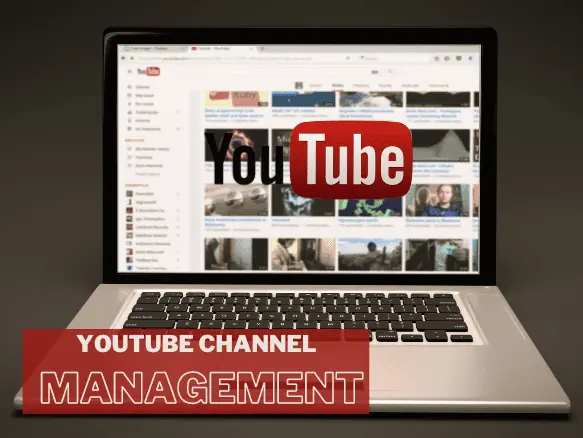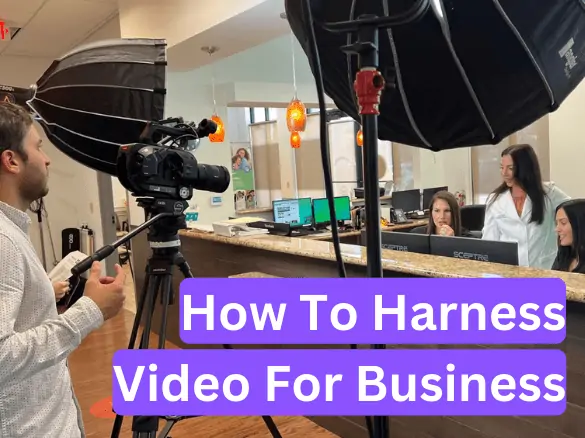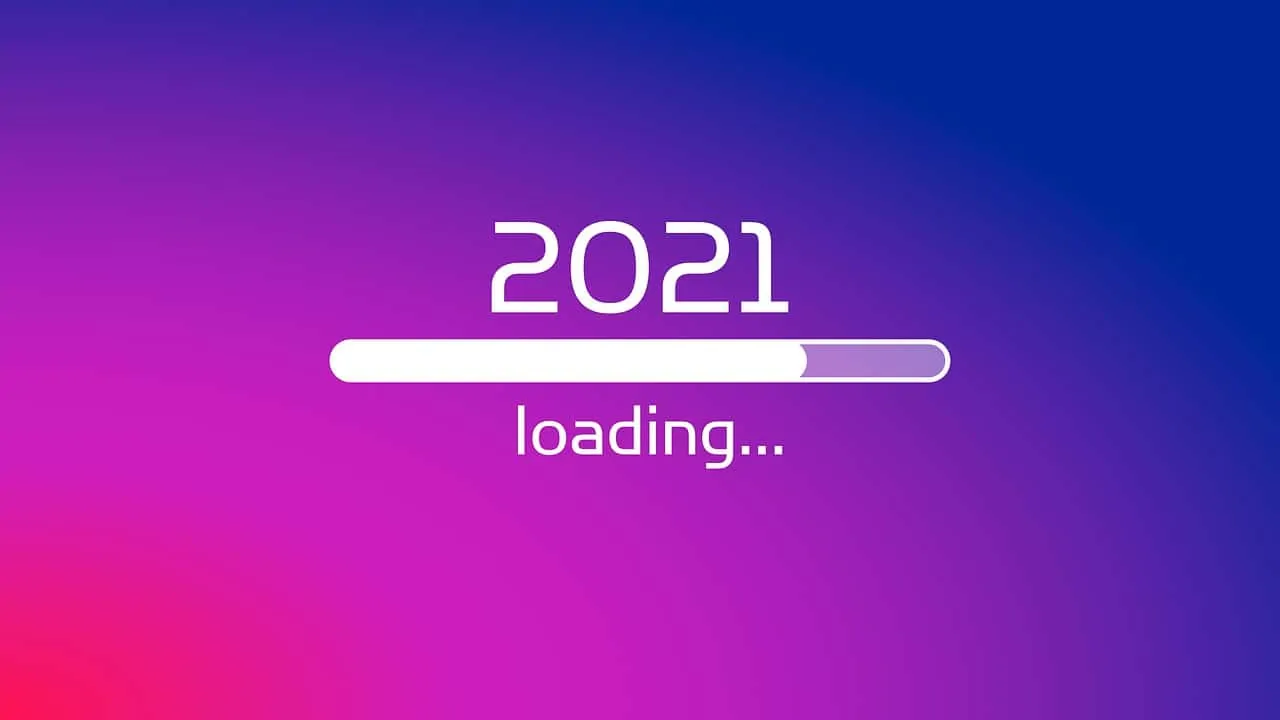Here at Plum Productions we think every business should have a YouTube channel because it provides a lot of benefit. Here are some of the benefits our clients are telling us they find…
Reasons Why Any Business Should Have a YouTube Channel
- Increased Reach: YouTube is the second largest search engine in the world, behind Google, and don’t forget that the most searched word in Google is “YouTube”, meaning you are most likely to end up on YouTube! YouTube is a widely-used platform across the globe and available in over 90 countries and 80 languages and it’s estimated to have over 2 billion monthly active users, meaning YouTube can help businesses reach a wider audience and help increase brand awareness, even locally.
- Increased credibility: A strong presence on YouTube can help businesses establish credibility and authority in their industry. Think of it this way: You’re a professional in your field. You post videos on your YouTube channel that are topical and common questions your business receives about the area you are an expert, you’ll be positioned, in the minds of the viewers, as an expert. Furthermore, if you post false information on the channel, other individuals can report it, comment on it, etc. and make you less of an expert. By posting the right and correct information (something you as an expert would do), you are naturally positioned as an expert.
- Better SEO: Since Google owns YouTube and you are posting your business videos on YouTube, it can help you boost your visibility on Google search as well. When you make the titles and description of your videos match what your possible customers are looking for, you will begin to be positioned in a better ranking with Google. No one really knows the algorithms that do this and no one can predict this, but one thing is clear…Google prioritizes quality information. When potential customers see this, they are more likely to buy your services or recommend your business to others because they value what you are posting and feel comfort in connecting with you and your business.
- Engagement: YouTube allows businesses to create channels so they can connect with their audience. This allows them to leave comments and engage in conversation, which makes your business more personal and relatable.
- Cost-effective: Having a YouTube channel is a cost-effective way to reach a large audience. Creating and posting videos on YouTube is free. Whether you wish to create quality looking content or raw content is up to you. We recommend thinking about how your Clients (potential clients) would see you if you post a more finished video or a raw video. Some clients would prefer the raw, and that’s ok!
- Multi-channel compatibility: Videos can be shared across multiple platforms, and embedded on websites, maximizing their reach and engagement potential.
- Longevity: It doesn’t matter how old your videos are on YouTube. By continually adding more videos to your channel, you will provide the most current information available. If you have old data/information on a video, you would simply remove it from the public view to prevent inaccurate information, but this is usually not the case when you post evergreen content.
- Monetization: There are different ways you can make money on YouTube.
- Google AdSense: This is the most common way to monetize a YouTube channel. By enabling ads on your videos, you can earn money from the views and clicks they generate. To use AdSense, you must first link your YouTube account to an AdSense account, and then enable monetization on your videos. There are also thresholds your channel must meet to monetize in this way. Learn more about AdSense here.
- YouTube Sponsorships: You can also earn money by securing sponsorships from companies or brands. This can involve promoting a product or service in your videos, creating sponsored content, or including brand mentions in your video titles and descriptions. If you’re posting as a business, you might even consider doing sponsorships with partnering companies or companies you work with. They may be interested in paying to be in your video.
- Affiliate marketing: You can also earn money by including affiliate links in your video descriptions. These links allow viewers to purchase a product or service through a unique link, and you will earn a commission on any sales made through that link. While this is usually reserved for content creators, businesses can do this as well.
- YouTube Premium: YouTube offers a paid subscription service called YouTube Premium. As a YouTube partner, you can earn a share of the revenue from YouTube Premium members who watch your videos.
- Selling products: You can also use your YouTube channel as a platform to sell your own products or merchandise related to your content. By embedding YouTube videos into you website, you’ll get very specific and related content on your web page related to the product/service you’re selling. This is a highly effective tool for product sales conversion.
Overall, having a YouTube channel can provide a number of benefits for businesses, including increased reach, improved customer understanding, increased credibility, greater engagement, better SEO, monetization, increased conversions, and a cost-effective way to reach a large audience. Imagine being a construction company showing off this video to sell their services.
At Plum Productions, we specialize at optimizing and creating content for your YouTube Channel. With greater than 160,000 subscribers, 450 videos, and over 5,500,000 views on the channels we manage, we’d be happy to help you with your YouTube channel. If we can help you, we’ll let you know. If we can’t, we’ll tell you that too.



















